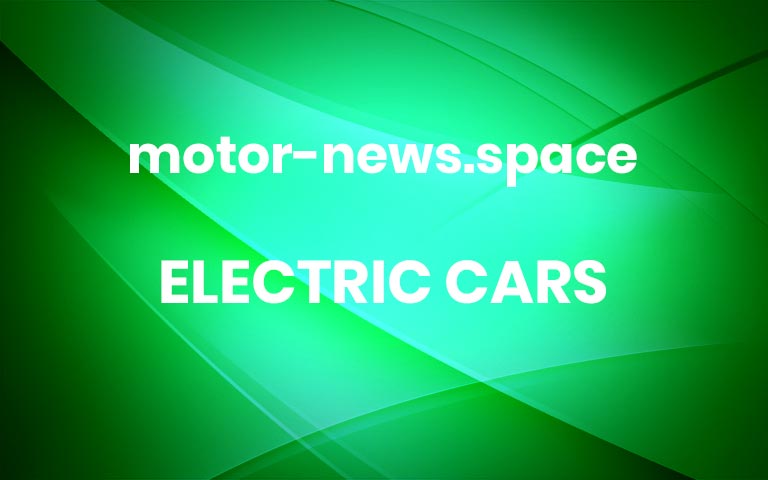TVS Ntorq Vs Suzuki Avenis Vs Yamaha RayZR – Specs, Features Comparo
New Suzuki AvenisWith its compact profile, sporty design and peppy engine, Suzuki Avenis will primarily target younger audiences
While Suzuki already has Access and Burgman Street in 125cc segment, recently launched Avenis turns out to be a better match against rivals like TVS Ntorq. In addition to its sporty profile, Avenis also packs in a range of useful features. To understand how it fares against rivals, here’s a quick comparison between Suzuki Avenis vs. TVS Ntorq vs. Yamaha RayZR.
TVS Ntorq Vs Suzuki Avenis Vs Yamaha RayZR – Design and styling
All three scooters have a sporty profile with sharp design, unique styling bits and sculpted body panelling. It is tough to say which is the better looking one. But Avenis does have the advantage of offering a fresh design. Coupled with its sporty graphics and striking dual-tone colour options, Avenis could get the customer’s attention. In addition to standard colour options, Avenis is also available in MotoGP inspired Race Edition.
Suzuki Avenis vs TVS Ntorq vs Yamaha RayZR
If we consider only the colour options, it’s apparent that Ntorq fares better in this aspect. That’s because it has different variants in varying colour themes. The kind of styling seen with Ntorq Race Edition, Super Squad Edition and Race XP is a lot sportier and exciting. RayZR follows closely with 6 standard colour options and a special MotoGP Edition with Monster Energy branding.
Features
In terms of features, there’s not much difference between the three scooters. Key essentials that really matter such as Bluetooth mobile connectivity, app-based connectivity features, charging point, digital instrument console, and LED headlight and DRL are available with all three scooters.
Suzuki Avenis vs TVS Ntorq vs Yamaha RayZR
In case of Avenis, its key features include turn-by-tun navigation, motorcycle inspired rear indicators, external fuel filling, front glove box with USB charging socket, side stand engine cut-off, and engine start and kill switch.
Ntorq has most of these features excluding a few such as side stand engine cut-off. But Ntorq has some additional features such as voice assist commands. RayZR misses out on features such as navigation, engine kill switch, external fuel filler cap and LED tail light.
TVS Ntorq Vs Suzuki Avenis Vs Yamaha RayZR – Engine and specs
In terms of power output, Ntorq leads the pack with 10.2 ps of max power at 7,000 rpm. It is India’s first 125cc scooter to have more than 10 hp power. Torque output is also highest at 10.8 Nm at 5,500 rpm. Avenis makes 8.7 ps at 6,750 rpm and 10 Nm at 5,500 rpm. RayZR has least power output at 8.2 ps, but torque is second best at 10.3 Nm. While Avenis and Ntorq have CVT gearbox, RayZR utilizes a V-Belt Automatic unit.
Suzuki Avenis vs TVS Ntorq vs Yamaha RayZR
RayZR low power should not be a concern, as it is the lightest of the three at 99kg. Avenis and Ntorq have kerb weight of 106 kg and 116 kg, respectively.All three scooters have telescopic front suspension. At the rear, Avenis has swingarm whereas Ntorq uses coil spring with hydraulic dampers. RayZR has unit swing rear suspension. Braking combo of front disc and rear drum is common for all three scooters.
TVS Ntorq Vs Suzuki Avenis Vs Yamaha RayZR – Price
Yamaha RayZR is the most affordable, priced in the range of Rs 75,372 – 85,896. Next is TVS Ntorq available in the range of Rs 78,090 – 87,270. Suzuki Avenis is costliest, priced at Rs 86,700 – 87,000. But this is because the price of standard version has not been announced yet. Avenis standard version is expected to be priced competitively. Suzuki plans to open bookings of Avenis in the first week of Dec 2021. More




